To prevent the extinction of life, it is imperative to inform the public about the enormous consequences of the Environmental Challenges faced by India if they are not reverted and reformative measures taken.
Many Environmental Challenges faced by India. To ensure that the country’s acts are environmentally friendly, it must be made aware of these challenges. There are several environmental challenges faced by India.
1. Growing Population
Every year, the population of thousands of millions grows by 2.11 percent. It reduces the benefits of development and puts considerable pressure on its natural resources. Therefore, the greatest challenge we face is limiting population growth. Population control indeed leads to development, but the development also reduces population growth rates.
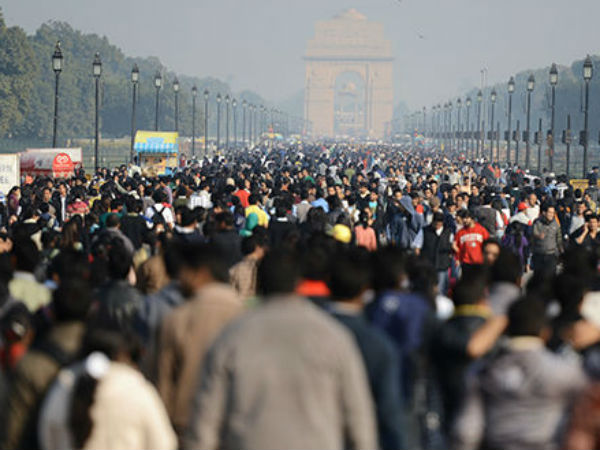
2. Poverty
India is a land of riches with a poor population. There is a connection between poverty and environmental degradation. For their basic needs of food, fuel, shelter, and fodder, most of our people are directly dependent on the natural resources of our country. The poverty rate in our country remains at 40%.
People whose livelihood depends on local resources have been negatively impacted by environmental degradation. Therefore, the challenges of poverty and the challenges of environmental degradation are the same. Poverty is a key factor in population growth. Poor children are earners and helpers so global concerns don’t matter to them.
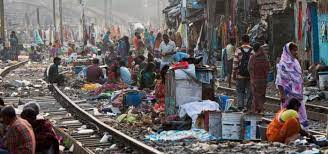
3. Growth of Agriculture
The people must become familiar with the methods that can sustain and increase agricultural growth without harming the environment. Due to the high yields of these varieties, the soil has become salinized and the soil structure has damaged.
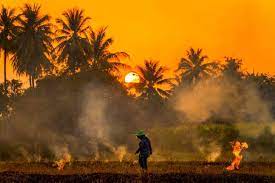
4. A need for groundwater
Rationalizing groundwater use is essential. Chemical fertilizers, pesticides, and industrial effluents such as community wastes and industrial effluents have polluted our surfaces and impacted the quality of our groundwater.
Restoring the water quality of our rivers and other water bodies, such as lakes, is an important challenge. So, finding effective strategies for the consecration of water, the provision of safe drinking water, and the maintenance of water bodies that are difficult challenges is crucial.
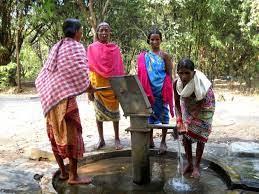
5. Integration of Development and Forestry
Rivers receive water from forests. A major irrigation project was planned to harness the mighty river, due to the increased water demands. Submerging forests, displacing residents, and damaging flora and fauna would undoubtedly occur.
Consequently, there is political as well as scientific debate over the dams on the Narmada and Bhagirathi rivers. Over the last several centuries, Indian forests have been shrinking due to pressures from agriculture and other uses. Formerly green areas have become wasteland today.
Recovering these areas with vegetation. In the tribal communities that inhabit forests, trees, birds, and animals provide sustenance. Forest restoration and conservation owe a great deal to these people.
Local communities may be able to contribute their traditional knowledge and experience to the forest department’s modern skills and knowledge. A well-planned approach should be taken to developing strategies for joint forest management.
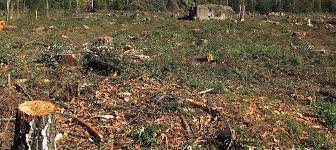
6. Destruction of land
Only 266 MHA out of 329 MHA has any potential for production at the moment. 143 MHA of this area are cultivate and 85 suffer from soil degradation in various degrees. Among the remaining 123 MHA, 40 are completely unproductive.
83 MHA remain as forestland, of which over half have been denuded in various degrees. Over 460 million heads of livestock supported on 13 MHA, which is less than four percent of all pasture land. In total, 175 of the 226 MHA degraded to varying degrees or 66 percent. Erosion from water and wind adds to the degradation of almost 150 MHA.
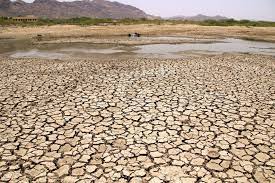
7. Orienting Institutions in a new direction
To adapt to today’s conditions and needs, we need to orient our institutions, attitudes, and infrastructures. It is also necessary to accommodate India’s traditions of resource use management, education, etc. Education, attitudes, administrative procedures, and institutions need to change. Due to the way it affects people’s perception of technology resources and development.

8. A reduction in genetic diversity
The majority of wild genetic stocks are lost to nature at present. Moreover, a loss of genetic diversity is a problem affecting wild animals, including Asiatic Lions. Sanctuary networks, amusement parks, and national parks isolate populations. Thus, they are decreasing the chances of one group breeding with another. There must also remedial steps taken to prevent genetic diversity from declining.

9. Urbanization’s negative effects
Indians concentrated in urban areas in a ratio of 27 percent. In addition, urbanization and industrialization have created several environmental problems that require urgent attention. Slums are also home to over 30 percent of Indians in urban areas. There are only 21 towns and cities in India with either partial or full sewers and treatment systems. Therefore, coping with rapid urbanization is a major challenge.
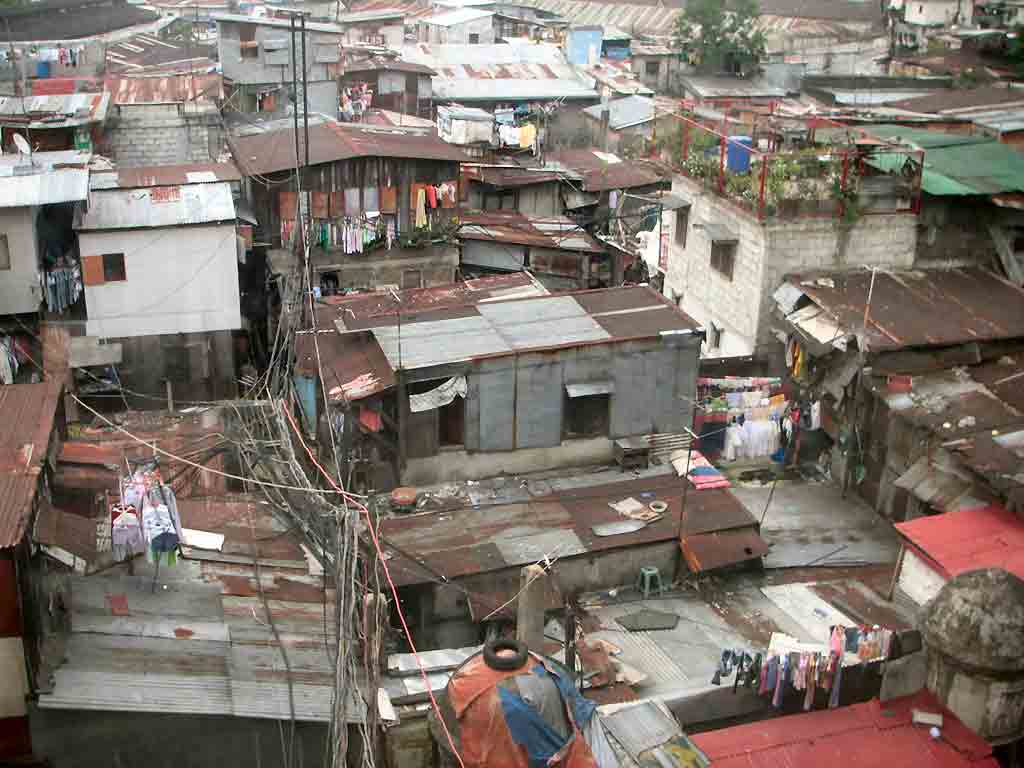
10. Public Health – Air and Water
A majority of industrial plants in our country continue to use outdated and population-based technologies, as well as makeshift facilities devoid of any system of waste treatment. Air pollution and water pollution have attributed to several large cities and industrial areas.
The country has laws, but their implementation is difficult. Further, their implementation requires great resources, technical expertise, and political will. It is also necessary to inform the people of these rules. To implement these rules, their support is essential.
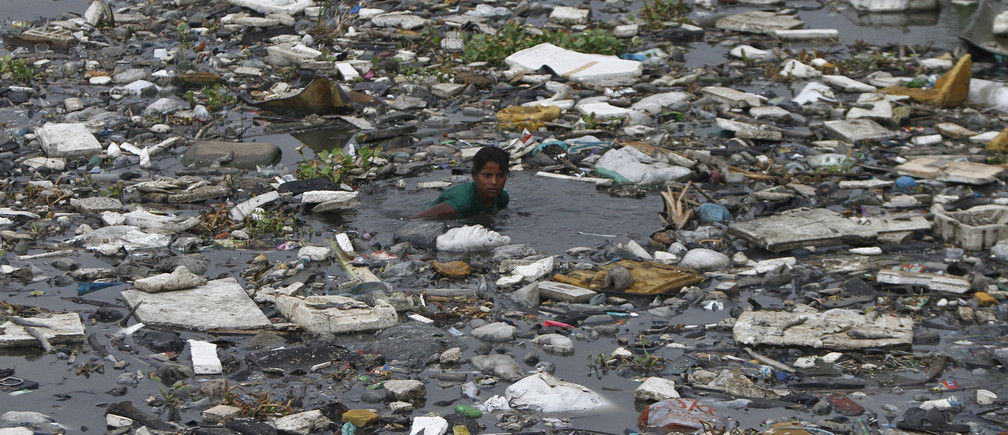
Also read: The most famous Indian Foods people can’t stop ordering in India
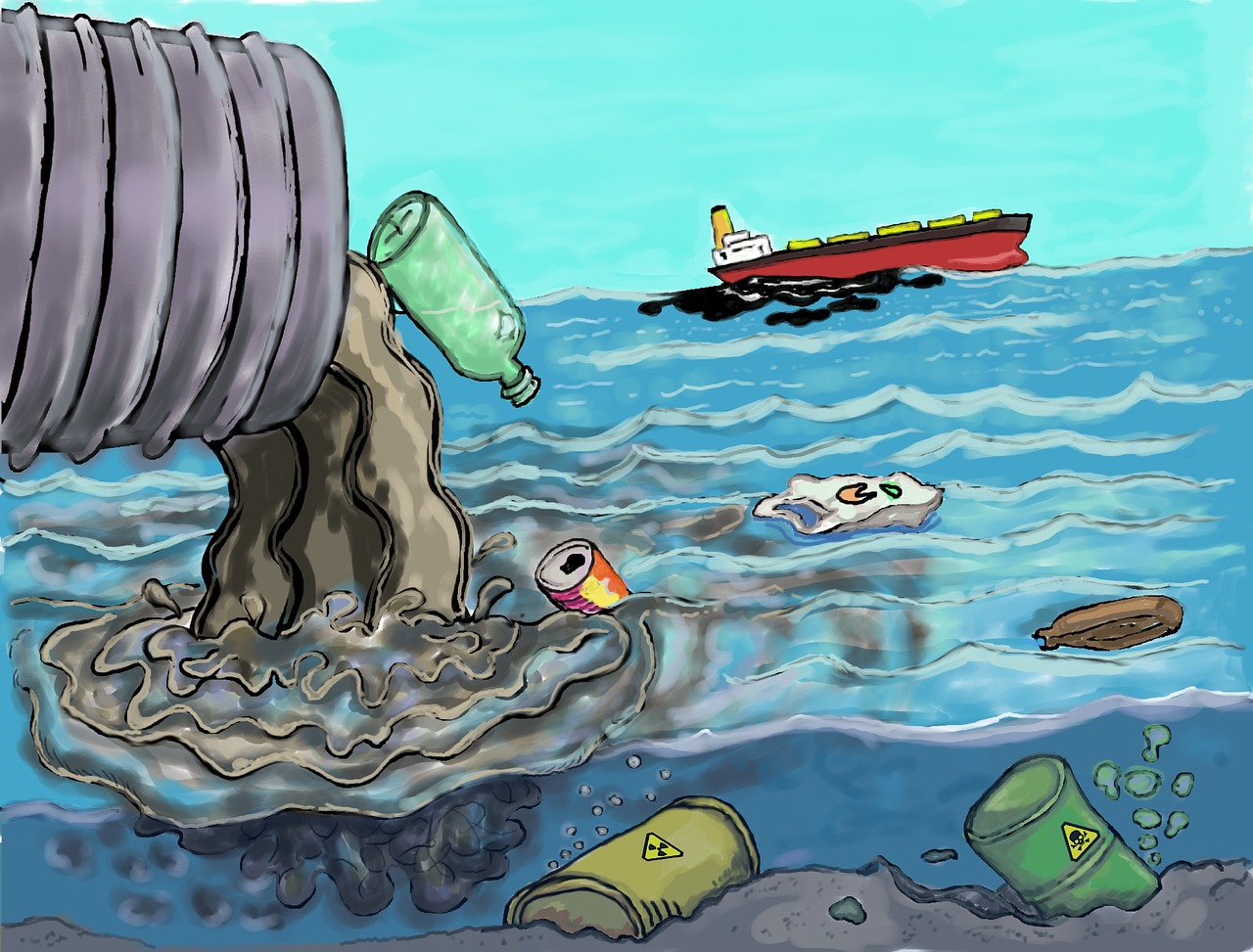
3 Comments